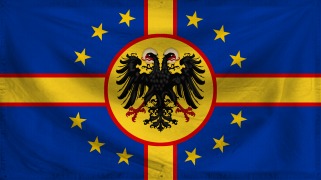Obrela wrote:Reservation
Nation Name: Al-Andalus
Territory: The Iberian Peninsula, the bits of Morocco that aren't French, Algeria, as well as parts of current southern France that don't belong to RP France
#AltDiv (Do not delete this, it is used to keep track of the apps)
*Note: Reservations will last for 72 hours. The OP board reserves the right to be subjective in regards to accepting and removing reservations.
As a heads up, the Iberian Peninsula has Active Reservations.












